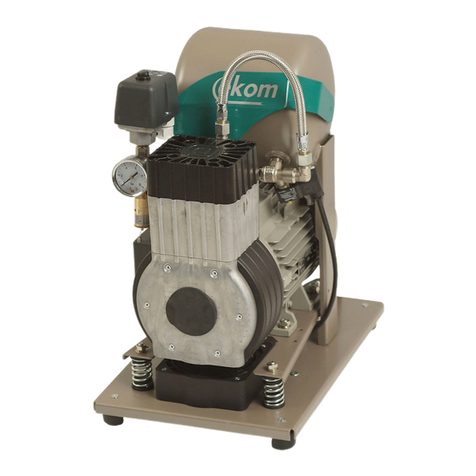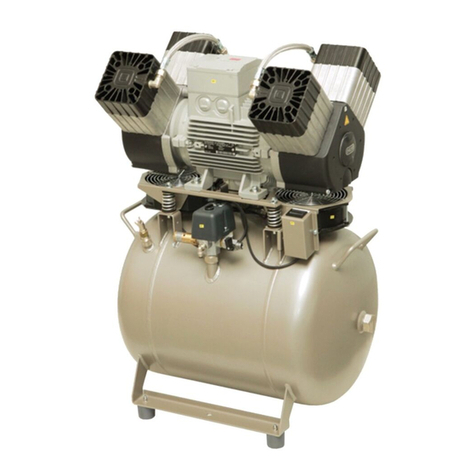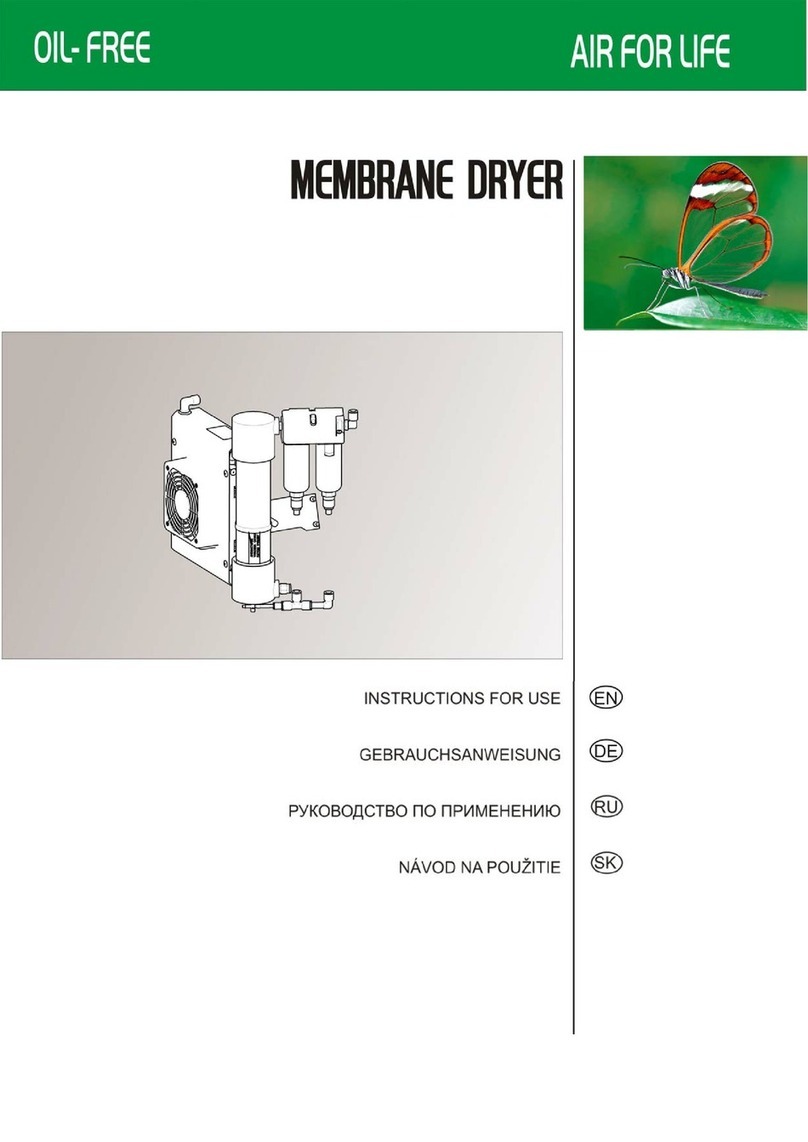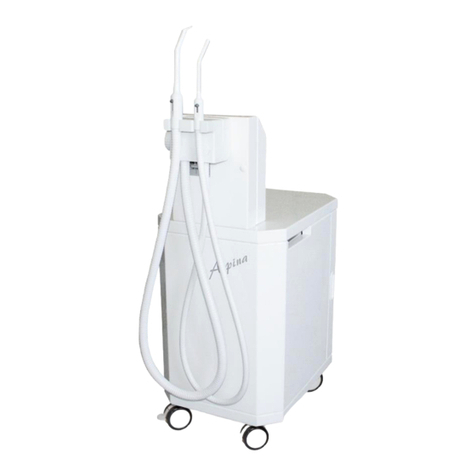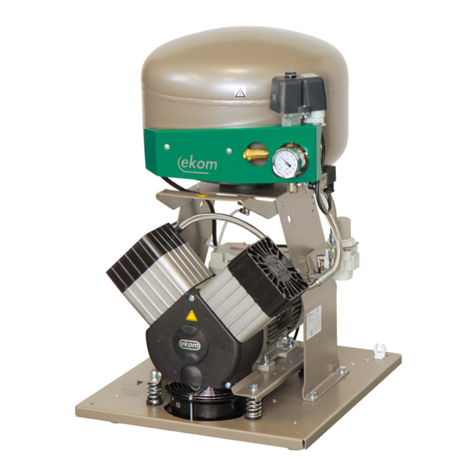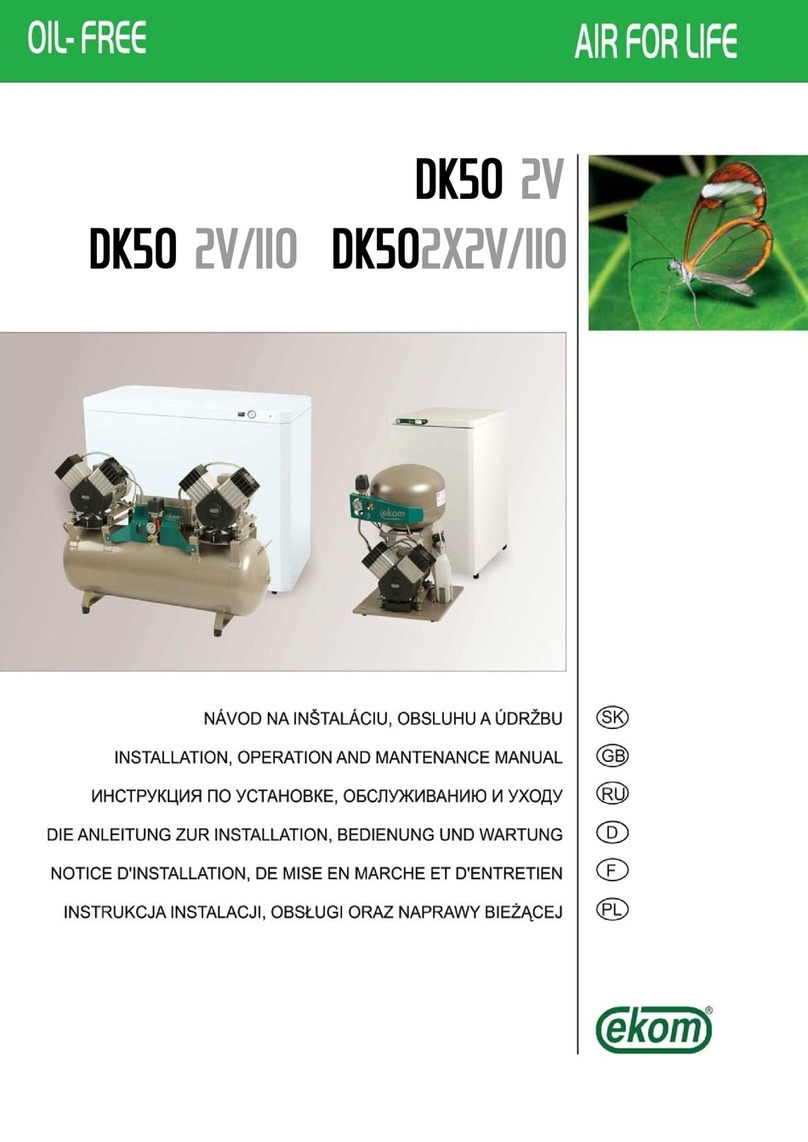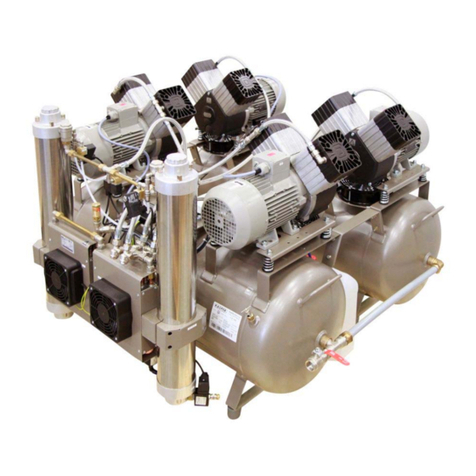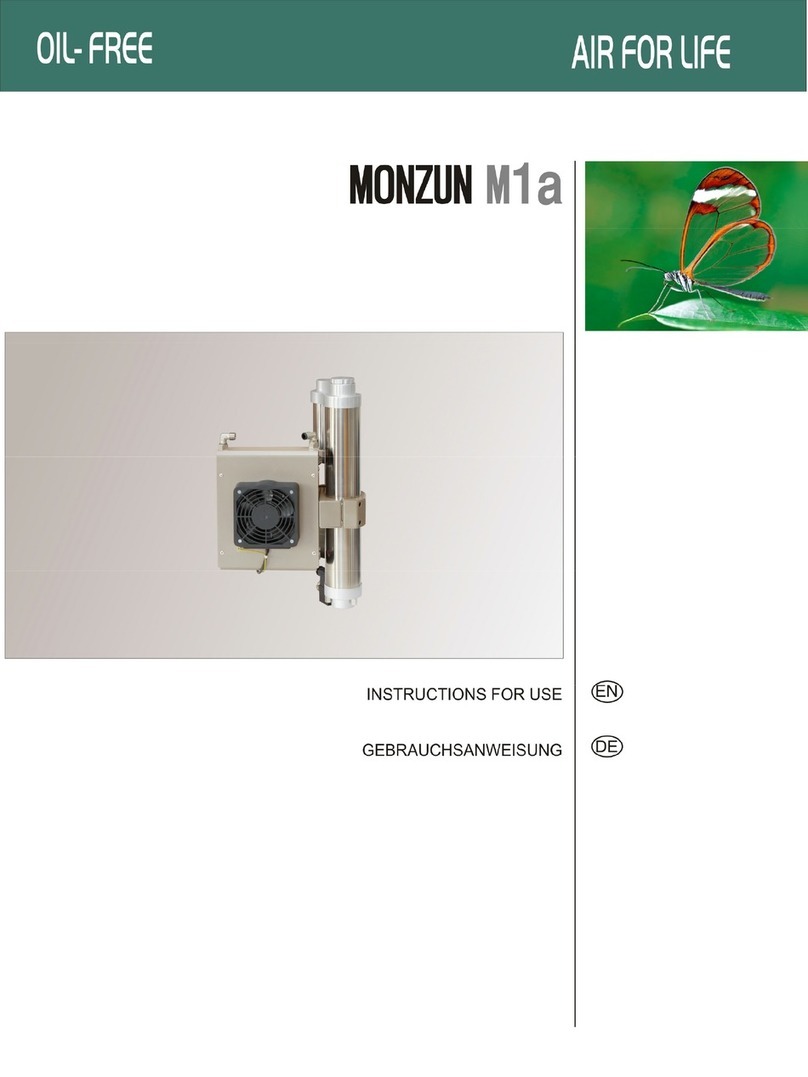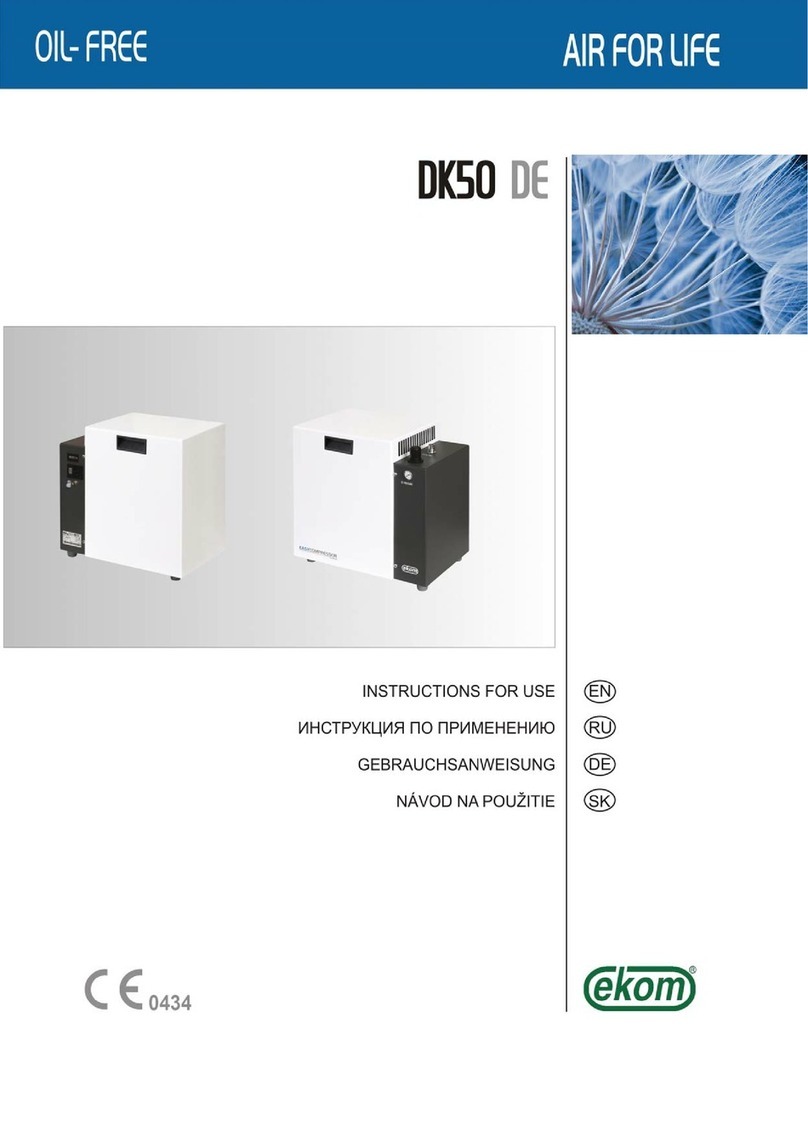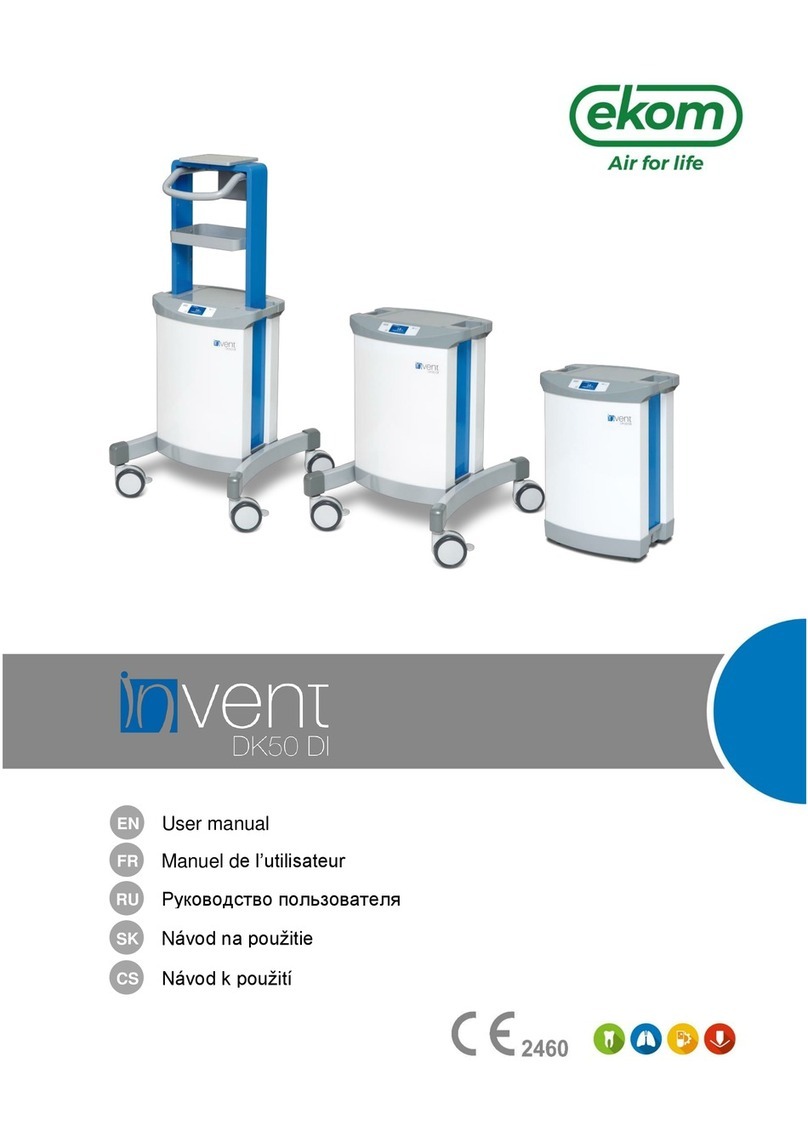
CONTENTS
NP-DK50 DS-6_10-2010 1
CONTENTS
1. GENERAL INFORMATION............................................................................................2
PURPOSE.................................................................................................................2
OPERATOR'S RESPONSIBILITY FOR PATIENT SAFETY .....................................2
MARKING..................................................................................................................2
WARNINGS...............................................................................................................2
General safety warnings ..................................................................................3
Electrical system safety warnings ....................................................................3
ALERT NOTICES AND SYMBOLS ...........................................................................4
USE...........................................................................................................................5
STORAGE AND TRANSPORT .................................................................................5
2. DEVICE DESCRIPTION.................................................................................................6
3. TECHNICAL DATA........................................................................................................8
4. OPERATION ..................................................................................................................9
INSTALLATION AND FIRST OPERATION...............................................................9
Removal of transport stabilizers.......................................................................9
Wheels installation ...........................................................................................9
Compressed air connection ...........................................................................10
Electrical connection ......................................................................................10
First operation ................................................................................................10
Accessories....................................................................................................11
PERSONNEL ..........................................................................................................12
Switching the compressor on .........................................................................12
Running the compressor................................................................................12
Cleaning and replacing the filters...................................................................13
Cleaning the compressor ...............................................................................13
5. MAINTENANCE...........................................................................................................14
REPAIRS AND SERVICE .......................................................................................14
MAINTENANCE SCHEDULE................................................................................14
Safety valve check .........................................................................................15
Check tightness of joints and inspect the appliance.......................................15
Replacing filters in filter..................................................................................16
Setting output air pressure.............................................................................16
Replacing the suction filter ............................................................................17
Stabilizing the compressor before shipping....................................................17
SHUT-DOWN..........................................................................................................17
DISPOSAL OF THE APPLIANCE ...........................................................................17
ACCUMULATOR DISPOSAL..................................................................................17
6. SOLVING PROBLEMS................................................................................................18
7. SPARE PARTS............................................................................................................19
8. ELECTRIC AND PNEUMATIC DIAGRAMS ................................................................20
WIRING DIAGRAM .................................................................................................20
PNEUMATIC DIAGRAM .........................................................................................21
9. PARTS LIST ................................................................................................................85
10.WARRANTY ................................................................................................................89
